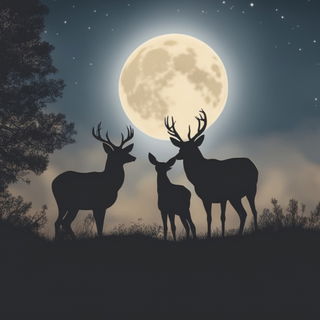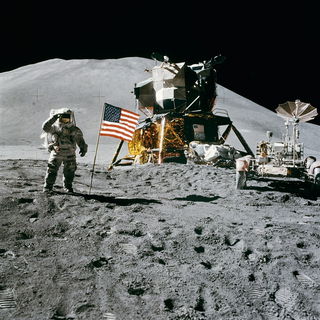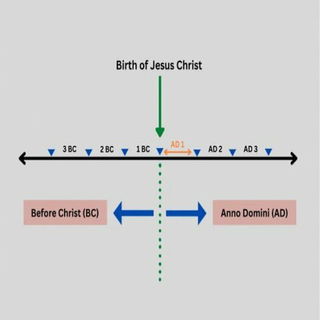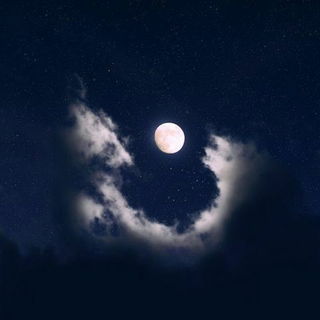The first full moon of 2025 is on January 13, 5:27 P.M EST, and it is also known as the Wolf Moon.
Full Moon Dates for 2025 in EST:
| January | 13th | 5:27 PM |
| February | 12th | 08:53 AM |
| March | 14th | 02:55 AM |
| April | 12th | 08:22 PM |
| May | 12th | 12:56 PM |
| June | 11th | 03:44 AM |
| July | 10th | 04:37 PM |
| August | 09th | 03:55 AM |
| September | 07th | 02:09 PM |
| October | 06th | 11:48 PM |
| November | 05th | 08:19 AM |
| December | 04th | 06:14 PM |
Once a month, the Earth, the Moon, and the Sun align in a straight line with the Earth in between. As a result, we get to see a fully illuminated moon from the Earth, known as the full moon.
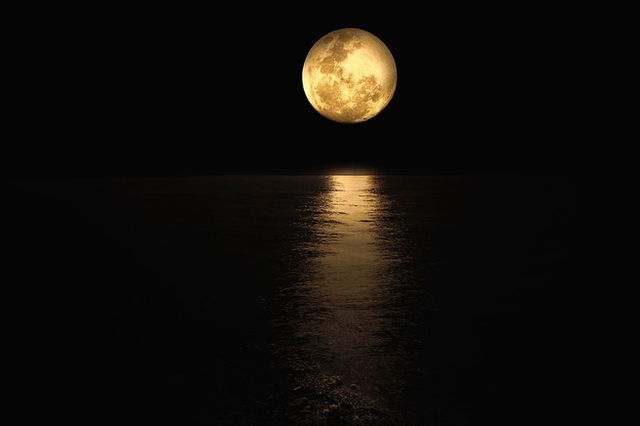
The Full Moon is the third primary Moon phase in the lunar cycle between the First and Last Quarter. Each lunar cycle lasts for around 29.5 days, the time it takes for the Moon to orbit the Earth.
Full Moon Names Of A Year
Native Americans traditionally gave names to full moons to keep track of the seasons.
- January: Wolf Moon
- February: Snow Moon
- March: Worm Moon
- April: Pink Moon
- May: Flower Moon
- June: Strawberry Moon
- July: Buck Moon
- August: Sturgeon Moon
- September: Corn Moon
- October: Hunter's Moon
- November: Beaver Moon
- December: Cold Moon
Impacts Of The Full Moon
High Tides
The moon's gravitational pull on the earth affects the sea tides. During a Full Moon, these gravitational forces pull the ocean's water in the same direction, which causes higher tides.
Cultural Significance
In some cultures and religions, the Full Moon influences the dates of significant events and celebrations. For example, in the Jewish religion, which uses the Hebrew Calendar, the dates of Passover are determined by the Full Moon. The same happens with the date of Easter in Christianity, which is only determined by the vernal equinox and the Full Moon.
Interesting Facts About the Full Moon
- Due to the constant movement of the moon, a Full Moon is only 100% illuminated for a short time during the day and is only visible in some parts of the World.
- On the day of a full moon, we usually see a 98% illuminated moon for this reason.
- A Full Moon is visible in the sky from sunset until sunrise.
- Due to refraction, some parts of the world get to see the full moon and the sun at the same time during the day
- A lunar eclipse can only take place during a full moon.
- Although full moons occur once a month, an additional full moon known as the blue moon appears in a subdivision of a year (the third of four full moons in a season)
Check now : What phase is the Moon in today?

